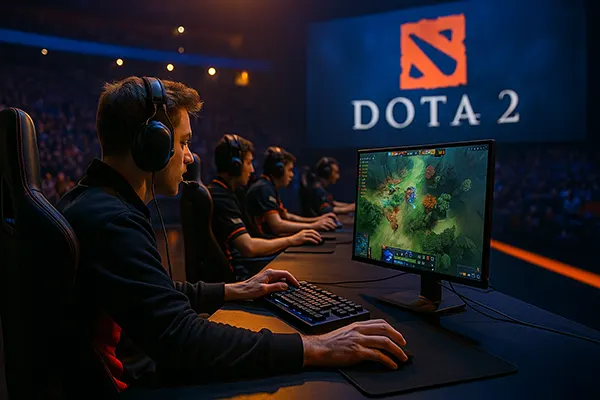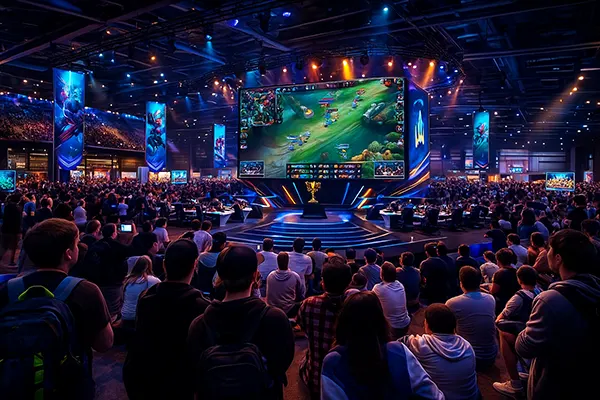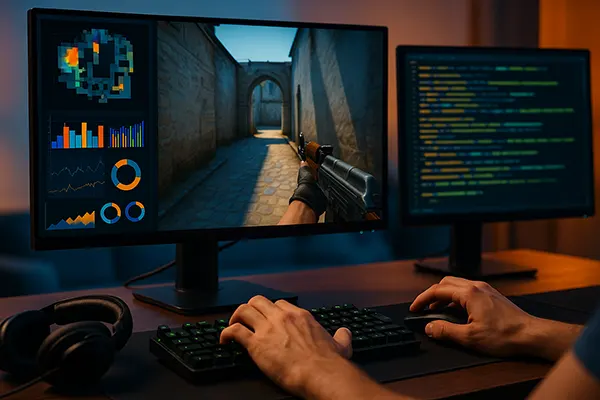Impact of Patches on the Game’s Meta: How Updates Change the Dynamics of Dota 2
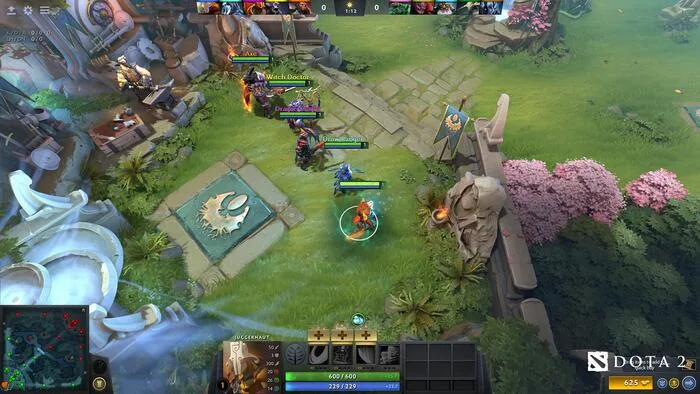
Game patches are an essential aspect of Dota 2, shaping the meta and dictating how players approach the game. Every update brings a wave of changes that influence strategies, hero picks, and the overall balance of power. Whether it’s minor tweaks to hero abilities or major reworks that redefine the landscape, patches force players to continuously adapt and evolve their gameplay. For those engaging with Quigioco, understanding these updates can provide deeper insights into the competitive gaming world.
Each patch not only modifies individual hero attributes but also alters item mechanics, map layouts, and economic balance. These changes have far-reaching consequences, affecting casual and professional players alike. Some patches introduce new mechanics, while others focus on refining existing ones. Regardless of their scale, updates ensure that the game remains dynamic, preventing stagnation and encouraging innovation. This article explores how patches shape the meta and influence Dota 2’s ever-evolving competitive scene.
The Main Changes That Patches Bring
Every Dota 2 patch aims to rebalance the game by tweaking heroes, items, and core mechanics. Hero adjustments are among the most significant modifications, as buffs or nerfs can make previously overlooked characters viable or push dominant picks out of favour. A single numerical tweak, such as a minor increase in cooldown or a slight damage reduction, can have drastic consequences, shifting the meta in unexpected ways.
Item changes are another crucial factor in shaping the game’s ecosystem. When a key item is reworked, its impact ripples throughout the game, affecting build paths and overall strategy. The introduction of new items often leads to experimental playstyles, encouraging players to find optimal builds. Conversely, the removal or nerfing of an item can force teams to rethink their approach entirely.
Map changes, while less frequent, can redefine the strategic landscape. Adjustments to jungle camps, objective placements, or terrain layouts alter vision control and movement patterns. A small change in the positioning of a high ground advantage or an increase in bounty rune locations can dramatically shift the game’s pace, forcing teams to develop new strategies to stay ahead.
How Do Patches Affect the Professional Scene?
In professional Dota 2, even minor changes in a patch can have a profound impact on the competitive meta. Teams spend months perfecting strategies only to find them obsolete overnight due to balance adjustments. Some heroes, which were once staples of high-level play, may suddenly fall out of favour due to nerfs, while others rise to prominence with newfound strengths.
These shifts influence tournament outcomes, as teams that quickly adapt to changes gain a strategic edge over their slower competitors. The ability to identify emerging trends and incorporate them into gameplay is a crucial skill for professional teams. Some organisations employ analysts who study patch notes in-depth, running simulations to predict how the meta will evolve. The teams that can best interpret and react to these shifts often dominate the scene.
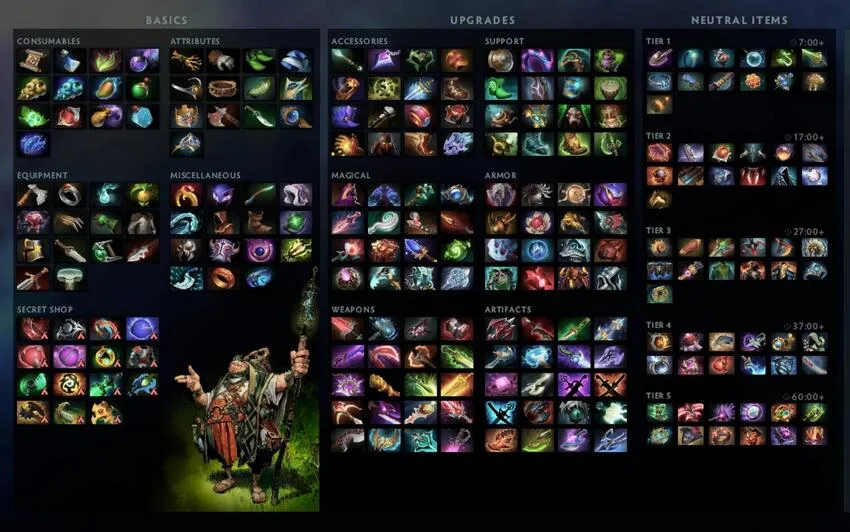
Historical Examples of Significant Changes to Meta
Throughout Dota 2’s history, certain patches have drastically altered the game. One of the most significant was Patch 7.00, which introduced the Talent Tree system. This update revolutionised hero progression, allowing players to customise abilities in ways never seen before. The patch also brought major map changes, adding Shrines and modifying jungle areas, leading to a fundamental shift in gameplay.
Another major shift came with Patch 7.23, also known as the Outlanders Update. This patch introduced neutral items, providing randomised power boosts that changed how teams approached farming and engagements. The unpredictability of these items forced players to rethink traditional item builds and team compositions, making adaptability more crucial than ever.
Patch 7.31 further reshaped the game by reworking the jungle and neutral creeps, impacting the efficiency of farming patterns. These updates made it necessary for players to develop new pathing routes and refine their approach to resource management. Such significant updates highlight how Dota 2 remains an ever-changing battlefield, where mastery requires constant learning.
How Do Players Adapt to New Patches?
Adapting to patches is a crucial skill for both casual and professional players. The first step in adjusting to a new update is thoroughly reviewing patch notes and analysing the implications of each change. Professional teams often rely on analysts and coaches to break down the impact of updates, identifying the strongest heroes and strategies in the new meta.
Public matchmaking also serves as a testing ground for experimentation. Players try out different hero builds, item choices, and strategies to see what works best. Over time, certain playstyles emerge as dominant, shaping the overall direction of the game. Those who quickly adapt to the strongest strategies often find success, while those who resist change may struggle to keep up.
Ultimately, flexibility and a willingness to learn are the key traits of successful Dota 2 players. With each patch, new opportunities arise, and the most adaptable individuals thrive in the ever-evolving landscape of competitive gaming. For those engaged with Quigioco casino, staying updated with these changes can offer valuable insights into the fast-paced world of esports.

